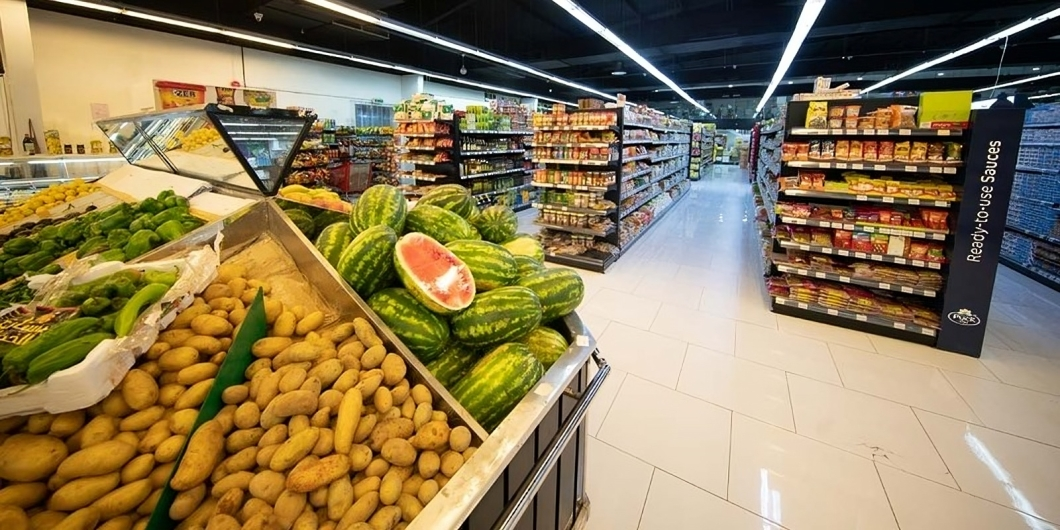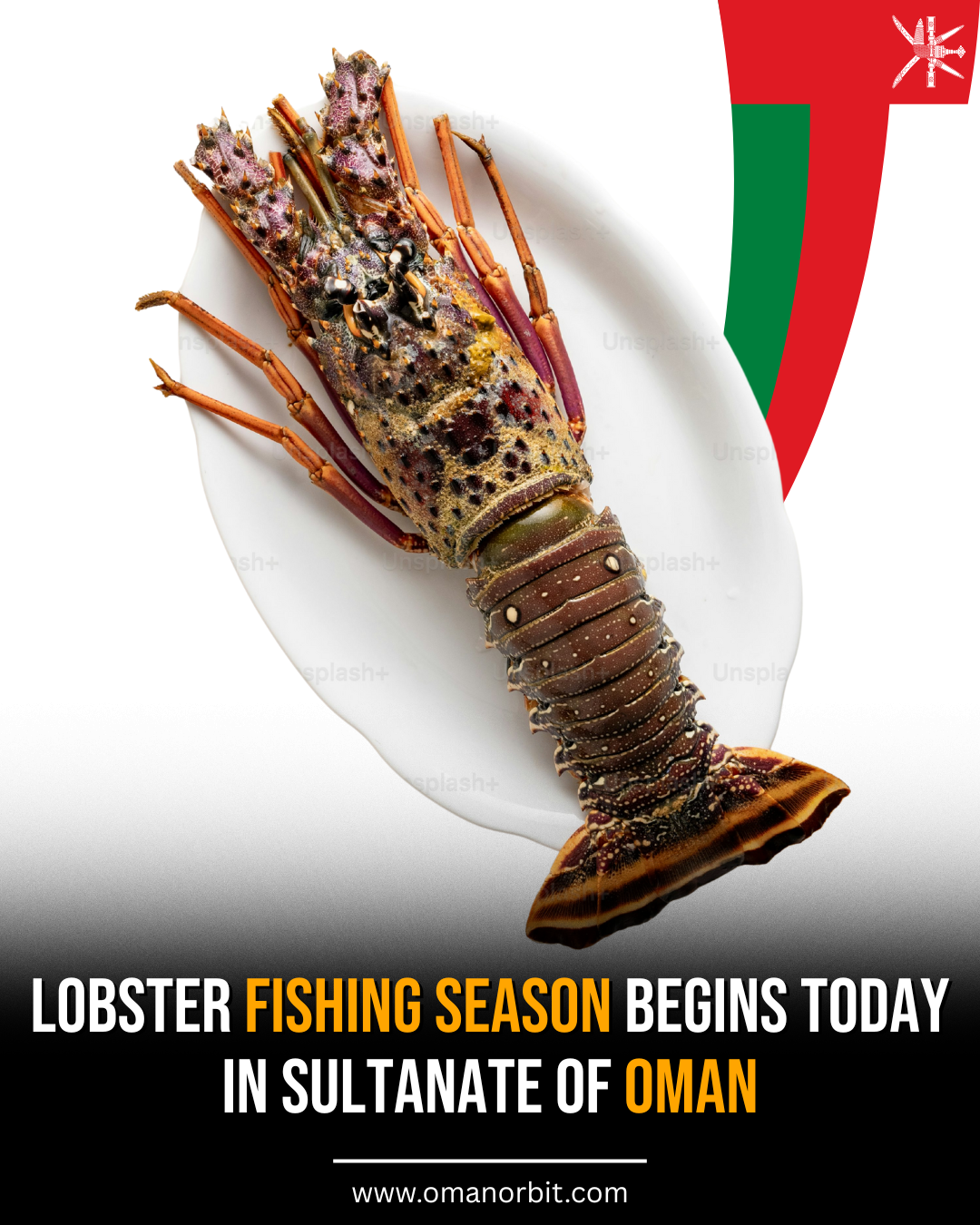MUSCAT: The Consumer Price Index (CPI) in Oman recorded an increase of 0.6 percent in May 2025 compared to the same month in the previous year. This rise reflects gradual inflationary pressures within the Sultanate’s economy, influenced by a combination of global commodity prices, supply chain dynamics, and local demand factors. The CPI serves as a critical indicator for policymakers to monitor changes in the cost of living and make informed decisions regarding monetary and fiscal policies.
The increase in the CPI was mainly driven by higher prices in essential categories such as food and beverages, housing, and transportation. Food inflation is often influenced by external factors including import costs and agricultural productivity, which affect prices at the consumer level. Housing costs have also seen upward movement due to increased rental rates and construction expenses. Transportation costs were impacted by fluctuations in fuel prices, which tend to have a ripple effect on other goods and services.
Despite the overall increase, some sectors experienced stable or slightly declining prices, helping to moderate the inflationary impact on consumers. For example, certain electronics and communication devices showed price reductions due to technological advancements and market competition. The government’s efforts to regulate key sectors and provide subsidies on essential goods continue to play a role in managing inflation and protecting consumers’ purchasing power.
Looking ahead, the inflation trend as measured by the CPI will be closely watched by the Central Bank of Oman and other economic stakeholders. Sustained inflation above targeted levels could prompt monetary tightening measures or policy adjustments to stabilize prices. Conversely, moderate inflation is generally seen as a sign of healthy economic activity, reflecting increased demand and growth. The CPI remains a vital tool for assessing economic conditions and guiding strategies to ensure economic stability and consumer welfare in Oman.



